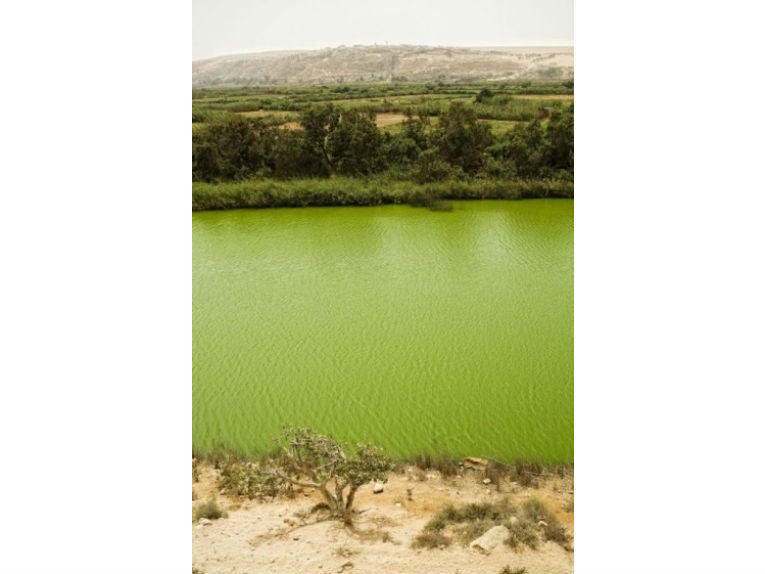When the Democratic Republic of the Congo is prepared, then 40,000MW of electricity will flow from a great set of dams across the mighty river at Inga. You could compare that to the 7,000MW produced by the Grand Coulee Dam in the US. What the DRC plans to do with all that energy has just been settled.
Half will go to the Republic of South Africa. Arranged this week, the financial implications of the relatively rich south supporting the undeveloped, "failed country" of the DRC are interesting. Cooperation like this between African states should help unity. According to the AU (African Union). In 1972 and in 1982, in between wars, two small dams presently provide 700MW. This is about half of their probable capacity, as most turbines are in need of repair and maintenance. Enlarged to five more dams, theorists claim that the power can supply two fifths of the need of all Africa.
Remembering that the DRC has almost as much crude oil reserves as Angola's, we can only wonder how we can keep their carbon footprint small. So far, it seems, so good, as dams provide most electricity!
In its favour, such a project would not block the river or disturb the environment as much as many other dams. Creating a great lake will leave the main flow almost unaffected, with the dams creating a virtual new river. Obviously flow would be lowered at Inga but the water will naturally return to the river itself. Land use will not affect local agriculture and power seems likely to by-pass the 90% of the population who have no electricity in the region.
This corresponds with one of the smaller per capita incomes in Africa. Mining almost monopolises power here and in Africa generally. Copper in Katanga, the neighbouring country of Zambia and industry in South Africa will leave little spare capacity for the next twenty years. Small amounts of exported electrical capacity also go to neighbouring Brazzaville and the republic of Congo.
Africa would like to have its hydro-schemes already running, but they have failed miserably to provide anything other than debt for their home countries. The IEA declares that because the population density throughout Africa is relatively low, big schemes can't be cost-effective. Wind, solar and micro hydro-power projects are much preferred, as only 7% of the people in DRC have any power.
However, those 7% are supplied almost exclusively by the hydroelectric dams at Inga and elsewhere. Wonderful, modern, efficient, renewable inventions are not going to penetrate that market without central help and a great deal of influence.










